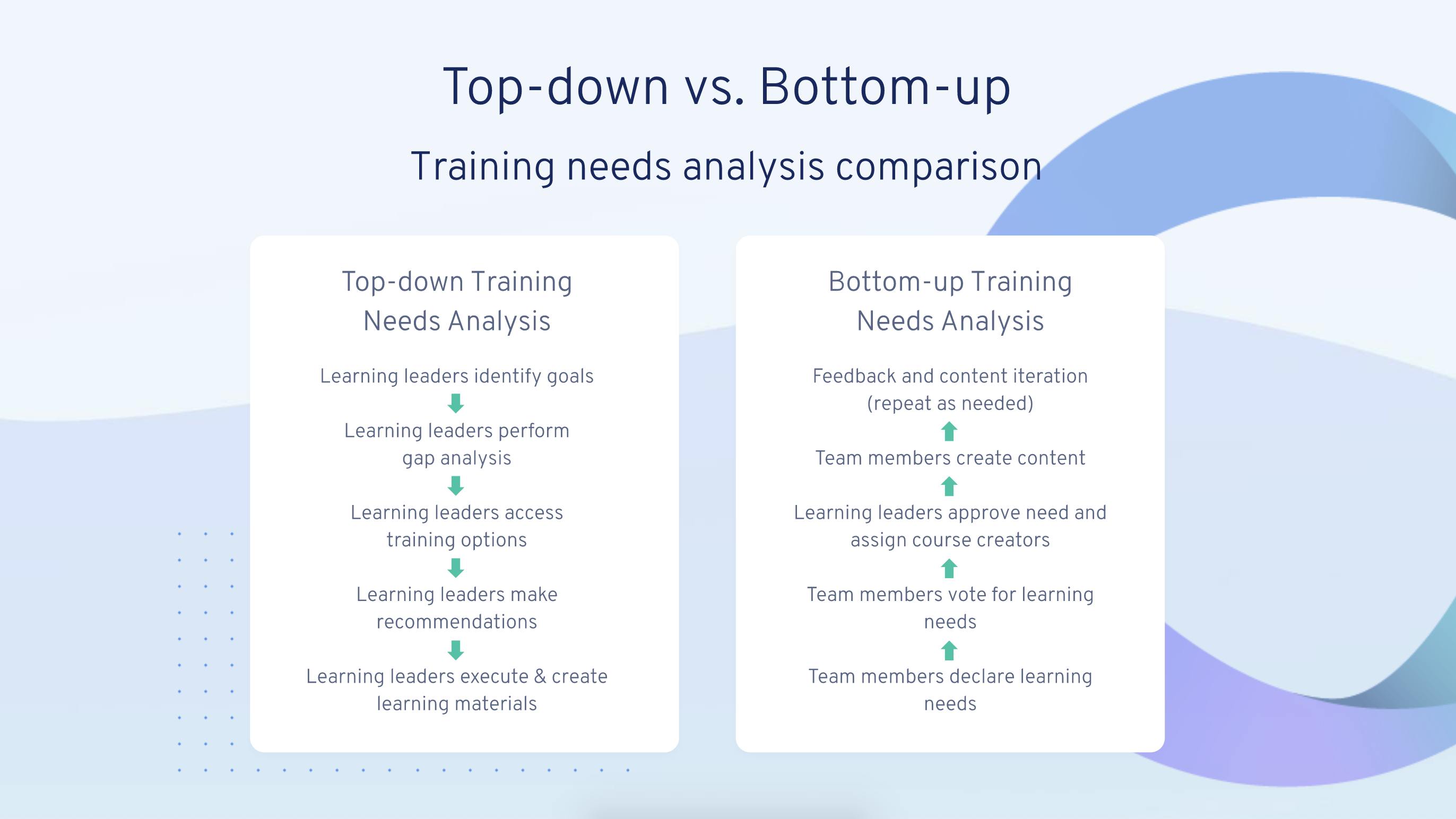Take Away: Diagnostic tests are most useful when they are both sensitive and rapid. The sensitivity of SARS-CoV-2 PCR tests is not the issue, but rather the time it takes to get a result. Additionally, the "90%" statistic is likely misleading due to the data source and not generalisable to all testing results.
The Claim: The usual PCR diagnostic tests may be too sensitive and too slow, with up to 90% of positive cases due to trace amounts of virus.
The Evidence: Polymerase Chain Reaction (PCR)-based tests, which are currently in the most widespread use for detection of SARS-CoV-2 RNA, involves a molecular process that amplifies target DNA sequences in repeated temperature-dependent cycles. The amount of target DNA is measured after each cycle and the number of the cycle when the target can be reliably detected is often referred to as the cycle threshold (Ct). The Ct value is proportional to the amount of starting DNA in the sample and can be used to estimate the viral load of a patient. In some ways this is like a teacher making photocopies of a chapter from a textbook until they have enough for all their students.
However, Ct values are relative measurements and need to be directly compared to controls for every sample - a Ct value taken alone can be meaningless. For instance, consider an infected patient who is tested twice: the first time they are gently swabbed and the sample is relatively dilute, the second time they are vigorously swabbed and the sample is relatively concentrated. The resulting Ct values could be drastically different. Therefore, Ct values need to be considered carefully in the proper context for making medical or policy decisions. The FDA also recommends that a PCR result alone should not be used to determine infection status.
Positive results are indicative of the presence of SARS-CoV-2 RNA; clinical correlation with patient history and other diagnostic information is necessary to determine patient infection status. (1)
Current PCR test results are generally given as a binary positive/negative based on a cutoff value for Ct. The cutoff needs to be determined based on the performance of each individually developed SARS-CoV-2 test, of which there are currently over 160 that have been granted emergency use authorization by the FDA (2). Based on unpublished data from the CDC, setting a stringent Ct cutoff of 30 could return negative results in patients who are both infected and potentially infectious (3 Fig 5). Furthermore, a 30 cycle cutoff would return invalid results for samples which are too diluted. Based on the same CDC data, up to 30% of potentially infectious patients would get invalid results and need to be re-swabbed, thereby extending the time between getting infected and getting a positive result.
The period of time when RNA from SARS-CoV-2 can be detected (and a positive PCR test result returned) may extend up to 12 weeks after recovery, with Ct values trending higher over time (3,4). According to The New York Times article, they looked at Ct values from people who tested positive in Massachusetts in July and found 85-90% of results had Ct values greater than 30. The epidemiology of COVID-19 is highly time and region dependent. Massachusetts had a peak in COVID-19 hospitalizations on April 21 (5), which is 9-12 weeks prior to the testing data analyzed by The NY Times. Therefore, the detection of a large proportion of people with lingering viral RNA is not surprising. These results are likely not universal and can not be applied to other regions, especially where community spread is still significant.
Sources:
(1) https://www.fda.gov/media/135900/download
(2) https://www.fda.gov/medical-devices/coronavirus-disease-2019-covid-19-emergency-use-authorizations-medical-devices/vitro-diagnostics-euas
(3) https://www.cdc.gov/coronavirus/2019-ncov/hcp/duration-isolation.html
(4) Li N, Wang X, Lv T. Prolonged SARS-CoV-2 RNA Shedding: Not a Rare Phenomenon. J Med Virol 2020 Apr 29. doi: 10.1002/jmv.25952.
(5) https://www.bostonherald.com/2020/05/22/massachusetts-finally-seeing-downward-coronavirus-trends/
